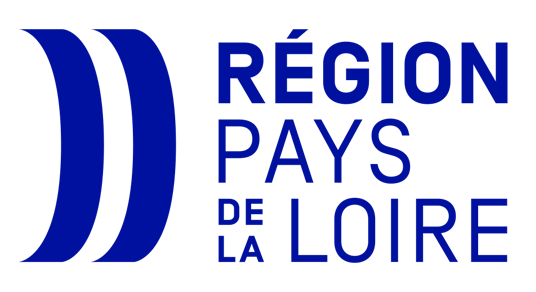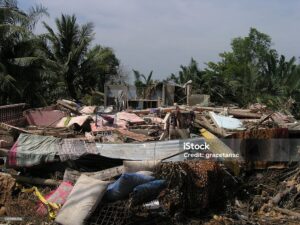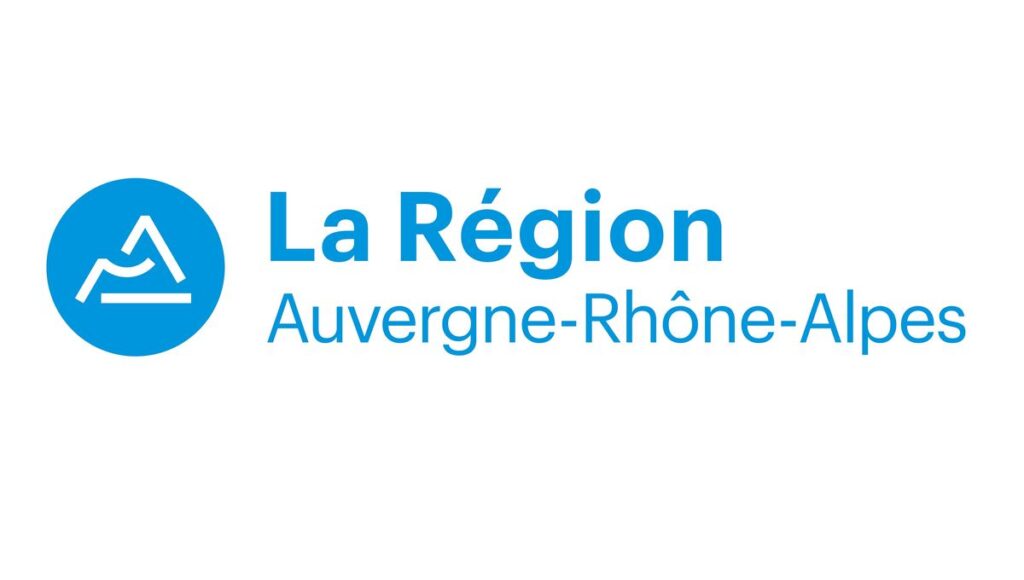The situation of women in Iran is causing growing global concern, two years after the “Woman, Life, Freedom” uprising triggered by the tragic death of Mahsa Amini in September 2022. The country is marked by a climate of severe repression, which results by increasingly strict laws and increasingly brutal actions by the authorities. However, the courage of Iranian women in the face of this oppression is admirable.
Increased repression: the “Noor Plan” and new restrictive laws
Since 2022, the Iranian authorities have continued to toughen their position towards women. In April, 2024, they introduced the “Noor Plan”, a national campaign aimed at strengthening the application of compulsory veiling in all public spaces. This initiative increased security patrols, particularly in cities, and authorized aggressive methods to crack down on suspected dress code violations, including high-risk chases to arrest female drivers not wearing the veil, vehicle seizures unveiled women and even severe sentences of incarceration and flogging.
Added to these measures is a new law, promulgated in August, 2024, which prohibits women from speaking out loud in public spaces. This measure, described as extreme, stipulates that a woman must conceal her voice, face and body when she is outside her home.
Human rights violations and escalation of violence
Iranian women suffer systematic violations of their fundamental rights. In addition to the obligation to wear the veil, they are also subject to restrictions on freedom of movement and face an increased risk of sexual violence used as a means of repression. Some women also face death sentences for political offenses or related to their participation in protests.
A particularly shocking case is that of a 31-year-old woman seriously injured by police shooting in July, 2024, during a chase for failure to respect the wearing of the veil. This excessive violence, denounced by NGOs such as Amnesty International, reflects the level of repression suffered by women in Iran, while the authorities refuse to carry out serious investigations into reported abuses.
Acts of resistance and social mobilization
Despite the risk of reprisals, many Iranian women continue to resist these laws and this violence. In the streets, they dare to defy the compulsory wearing of the veil and actively participate in demonstrations, showing their determination to fight for their rights. Online, they use social media to broadcast videos documenting the repression, allowing them to gain international support and make their voices heard across borders.
A particularly notable act of resistance took place in October, 2024, when a young student showed up in her underwear in front of her university in Tehran, in protest against strict dress code laws. Her bold gesture, widely shared on social networks, has become a symbol of courage for many women in Iran. Although this young woman was arrested shortly after, her act inspired many other protests in the country.
A cultural revolution in progress
Beneath the surface of this brutal repression, profound cultural changes are taking place in Iranian society. Young women are questioning traditional family roles and gender hierarchies, and men’s attitudes are also changing, with some distancing themselves from rigid patriarchal norms. This transformation of mentalities is a crucial step in the process of liberation of Iranian women, which is not limited only to the question of the veil but also concerns a demand for equality and respect for human rights.
International support
Since the beginning of the protests in Iran, in 2022, a surge of international support has developed for Iranian women. In October, 2022, the foreign ministers of 12 countries, including Canada, France, Germany and New Zealand, issued a joint statement to support the protesters. In December of the same year, Iran was excluded from the UN Commission on the Status of Women following an intense campaign by organizations such as Vital Voices.
More than 80 organizations, as well as activists and academics, have also signed a declaration calling for the repeal of discriminatory laws against women in Iran, including article 638 of the penal code that imposes the mandatory wearing of the hijab. Amnesty International has documented human rights violations and called for independent investigations, including the return of police patrols in July, 2023.
At the same time, demonstrations of support took place in cities like Paris, Los Angeles and Toronto, and the hashtag #MahsaAmini went viral on social media to denounce abuses despite the internet being cut off in Iran. Many public figures have expressed their solidarity by cutting their hair symbolically.
Organizations now offer legal aid to persecuted women, while a draft « Charter of Women’s Rights » was presented in January, 2023 by Iranian women’s associations. Finally, fundraising campaigns were launched to support the demonstrators and their families, reinforcing global solidarity in the face of ongoing repression in Iran.










